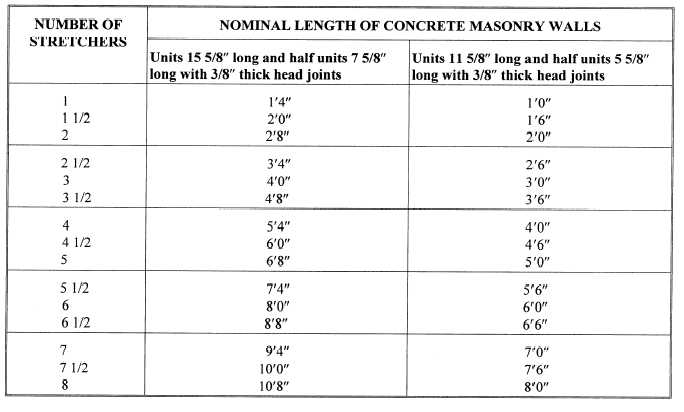CHAPTER 4 MASONRY CONSTRUCTION
LEARNING OBJECTIVE: Estimate material and labor for concrete masonry units (CMUs) according to NAVFAC P-405. Identify the components, requirements, and construction techniques of laying brick, structural clay tile, and stone masonry.
MASONRY construction has become increasingly important as a construction material for Seabee construction. The commonly accepted definition of masonry, or unit masonry as it is sometimes called, is a construction method made up of prefabricated masonry units (such as concrete block, brick, clay tile, and stone) laid in various ways and joined together by mortar. In the previous
Builder training manual, we covered concrete masonry units (CMUs) in depth and the construction techniques on HOW TO lay CMUs. This TRAMAN covers the construction techniques of laying brick, structural clay tile, stone, and the estimating procedures associated with CMUs.
ESTIMATING CONCRETE MASONRY UNITS (CMUs)
Concrete masonry walls are laid out so as to make maximum use of full- and half-length units. This is called modular planning. Architect's and Engineering (A&E) firms and Builders strive to build modular structures. This action minimizes cutting and fitting of units on the job, which, in turn, saves on labor and cost. Table 4-1 lists the nominal length of concrete masonry walls by stretchers. Table 4-2 lists nominal height of concrete masonry walls by courses. Table 4-3 lists the average number of concrete masonry units by size and the approximate number of cubic feet of mortar
Table 4-1. - Nominal Lengths of Concrete Masonry Walls in Stretchers

